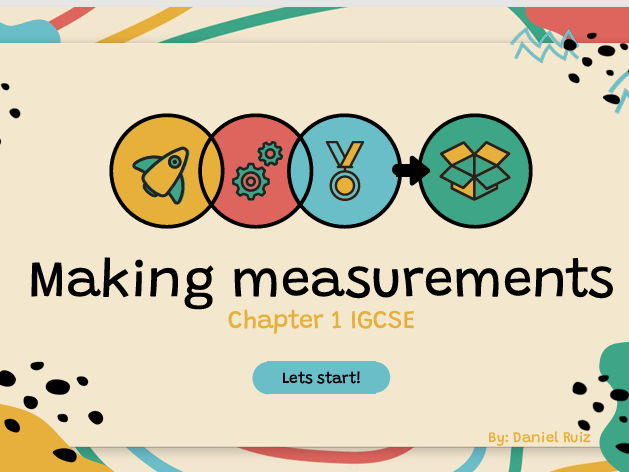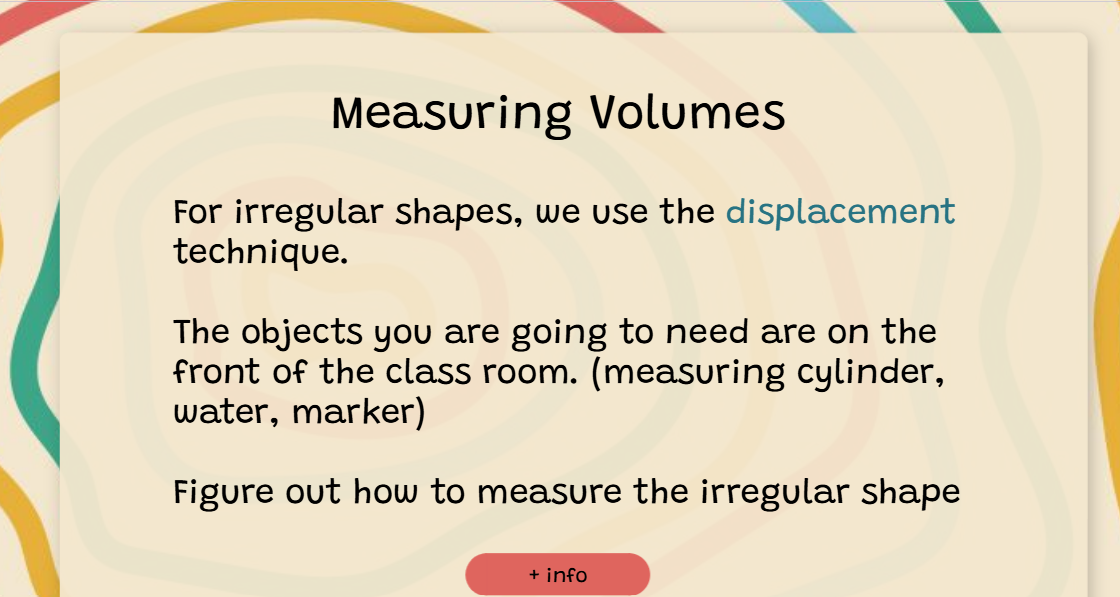

The presentation titled “Making Measurements – Chapter 1 IGCSE” by Daniel Ruiz provides a comprehensive introduction to the fundamental techniques of measurement in physics, tailored to the IGCSE syllabus. It focuses on building students’ practical understanding of how to measure physical quantities such as length, volume, mass, and density with accuracy and precision. The lesson is inquiry-based, encouraging students to ask questions about the tools they use and the reliability of their measurements. It starts by guiding learners through basic considerations when measuring length, such as whether the ruler is calibrated, the object is straight, and the ends are cleanly cut. Key concepts like calibration and precision are introduced in context, helping students differentiate between a reliable instrument and consistent measurements.
The presentation then addresses how to approach measurements of less straightforward objects. To measure the thickness of thin items like paper, it recommends stacking multiple pieces, measuring the total thickness with a ruler, and dividing by the number of sheets to determine the thickness of one. Flexible objects, such as string or wool, are used to model the measurement of curved lengths like circumferences, by laying the string along the object, marking it, and then measuring its stretched length with a ruler. The lesson encourages hands-on learning with classroom tasks, such as measuring circles drawn on the board using these methods.
Volume measurement is addressed next, distinguishing between regular and irregular objects. For regular shapes like cubes and spheres, geometric formulas are recalled and applied. Irregular shapes, on the other hand, are measured using the displacement method, where a partially filled measuring cylinder is used to observe the change in water level when the object is immersed. The concept of the meniscus is emphasized for accurate readings. Following this, the lesson explores density as a derived quantity, explaining how to measure mass using a digital balance and volume through the previously mentioned methods. The density formula (Density = Mass Ă· Volume) is introduced alongside an explanation of its units, and the relationship between density and floating/sinking in water is explained. Students are also reminded that gases have much lower density due to the low concentration of particles.
Something went wrong, please try again later.
This resource hasn't been reviewed yet
To ensure quality for our reviews, only customers who have purchased this resource can review it
to let us know if it violates our terms and conditions.
Our customer service team will review your report and will be in touch.